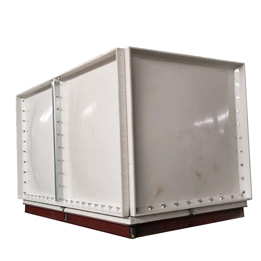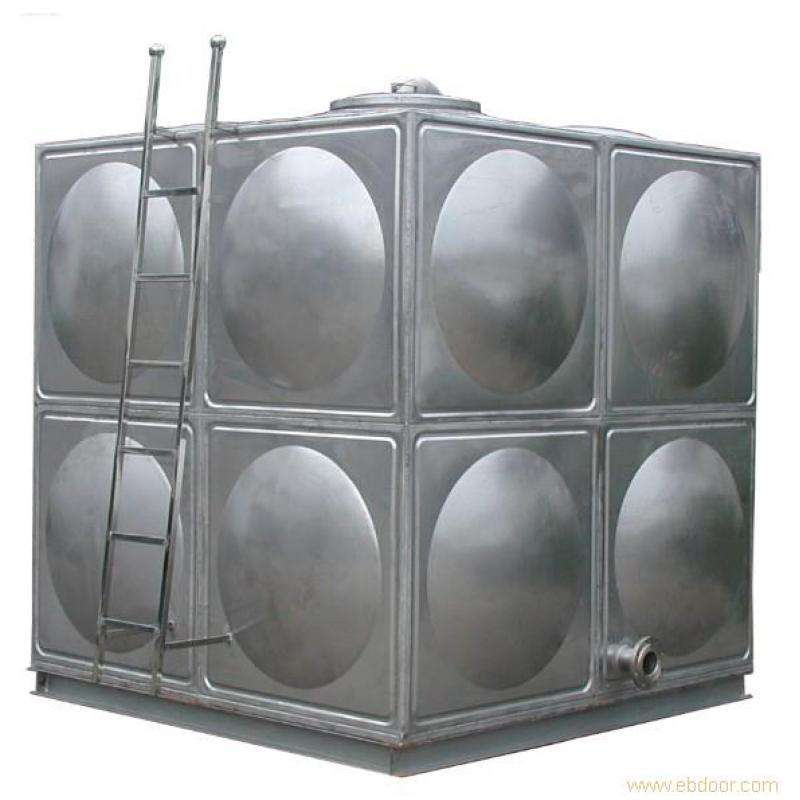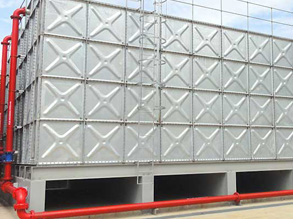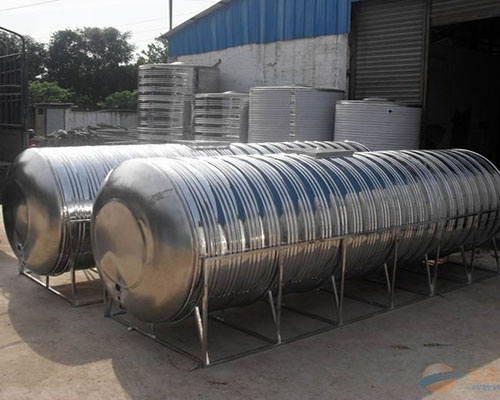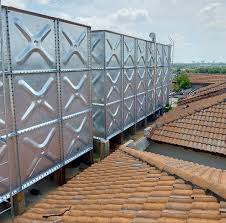Stainless steel is a metal mostly branded for its high resistance to rusting and corrosion. A stainless steel water tank as a result is a quality tank that stands out because of its durability. As its name suggests; the tank is strongly constructed and does not stain easily.
Nonetheless, this does not mean that the tank cannot be damaged whatsoever. While it has a great ability to withstand harsh conditions, it can be damaged, just like any other steel material.
Normally we spend some time to attend to and prepare most of our damaged items and appliances in our homes. Sometimes this makes as busy, but a steel tank that is leaking demands immediate attendance.
The moment you stay long without preparing a leaking tank, you will be definitely wasting a lot of water. Also you will waste some opportunities of collecting water. It is therefore important to prepare your tank the moment you realize it is leaking.
The tank that is leaking will not collect a lot of water. And if you leave a leaking tank without attending to it, the hole will continue to grow bigger hence lose a lot of water. The following guidelines will help you to repair your leaking tank.
To repair your leaking stainless steel tank, you need certain tools. These tools will make your work easier and smart. Gloves are some of the most important tools that you need to make it successful. You will wear them to prevent your hands from getting infected with solution or injuring yourself from the damaged hole.
Face mask is also important because it makes it easy to repair your leaking tank without damaging your eyes. Ketone solution is also required together with resin compound for better repair. You also need shop vacuum cleaner to clean the tank before and after repairing it.
Before you prepare yourself to repair your leaking tank, you need to ensure that you have prepared yourself well;
Ensure that you drain all the water from the tank
Wear your gloves
Put on the face mask and ensure you see everything rightly
Prepare the ketone solution to be used in the process
Ensure that you have available the resin compound
Prepare and bring the shop vacuum cleaner
Check that every tool you may need is available








